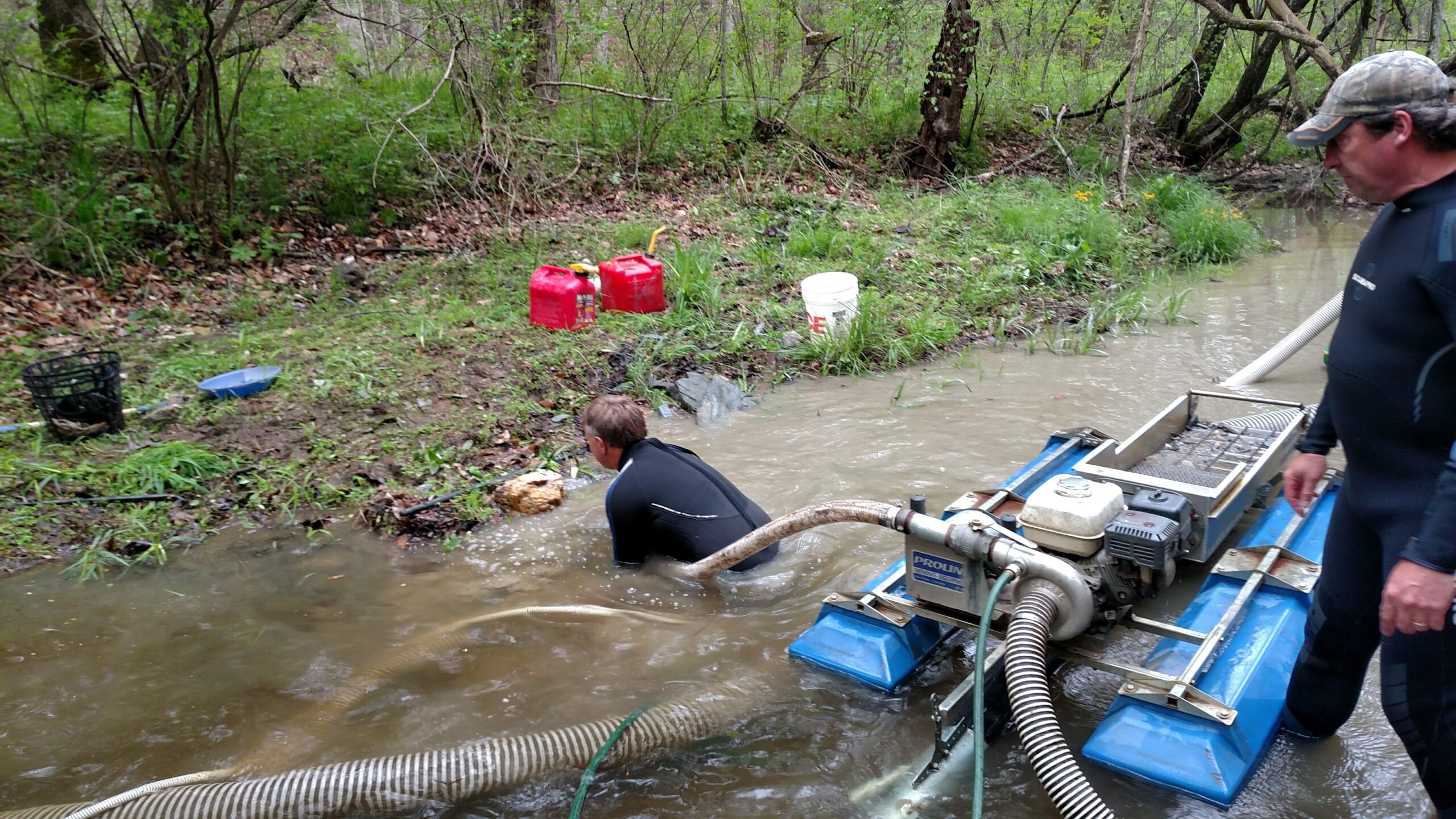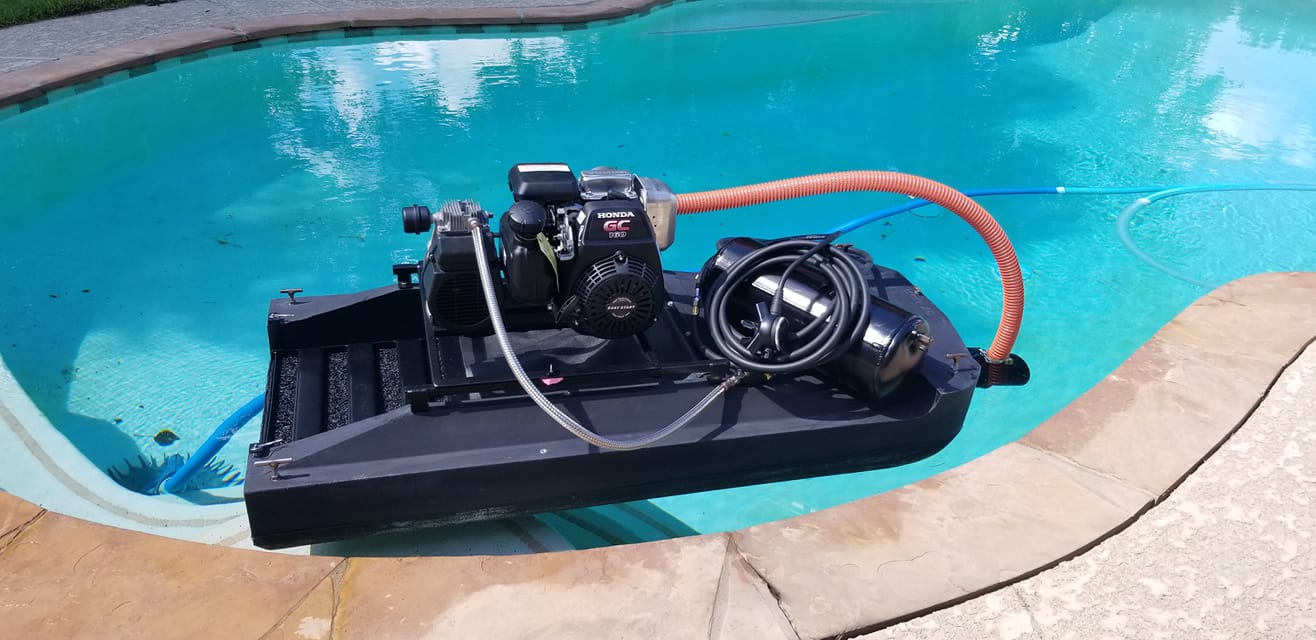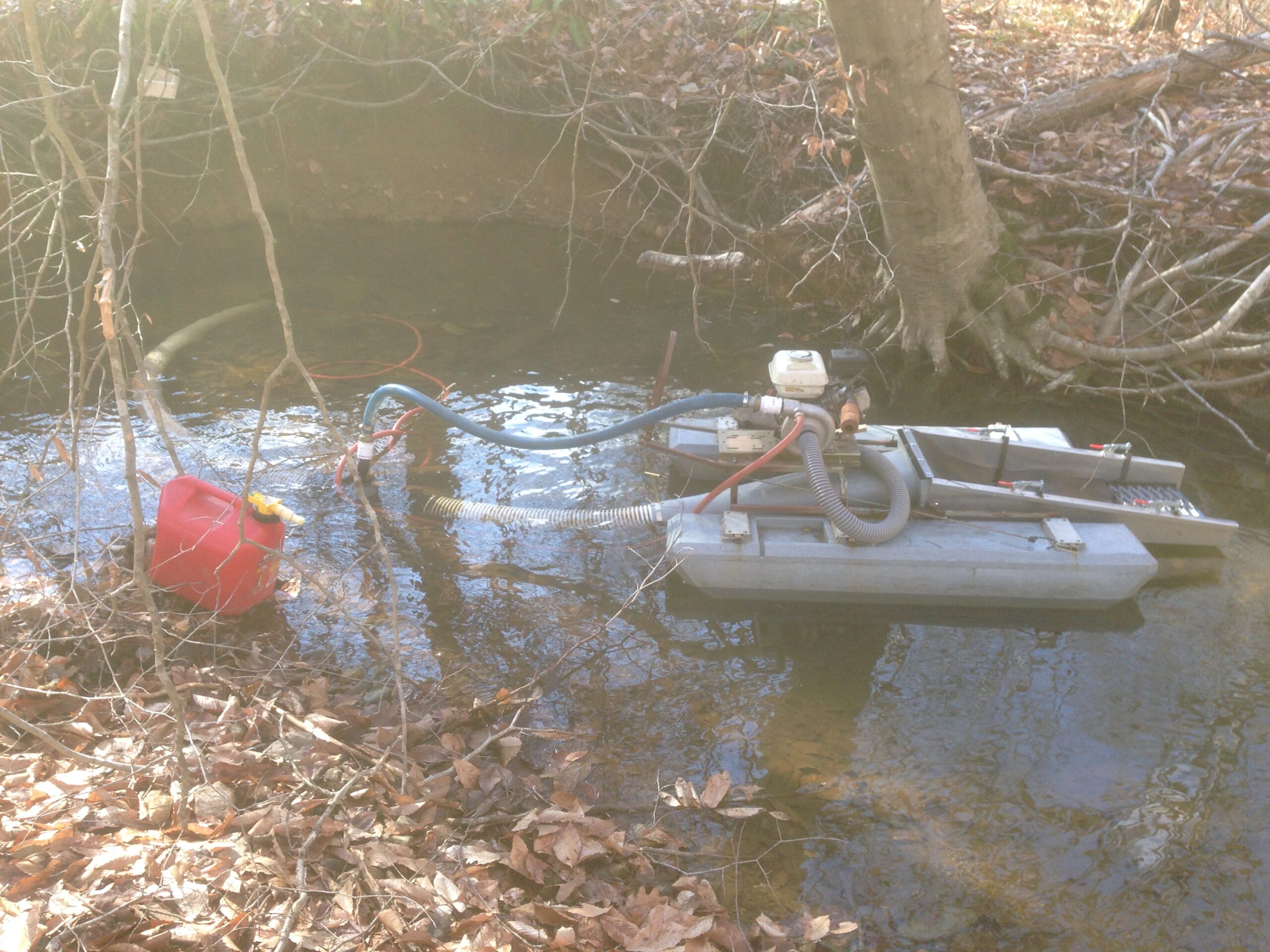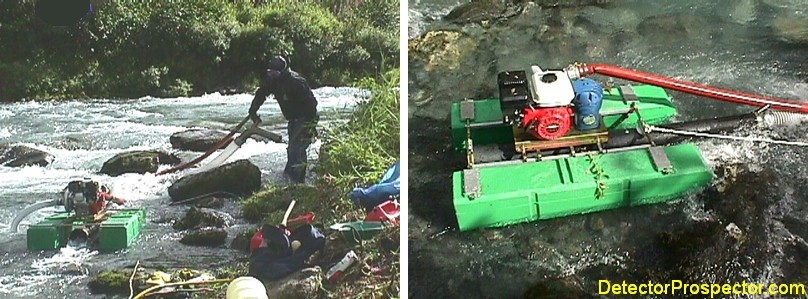The Prospecting Geologist Blog Post # 9
Gold Dredge Class Break down.
Most of this was originally written by Reed Lukens back in 2005 for the 49er Mike page. If you dont know who Reed Lukens is then you need to get on the various forums and do more research. He is pretty much a legend in the gold dredging community and knows his shit far better than I do. I’ve updated and added a few things but other then that the core info is the same. I initially read it on Treasurenet a number of years ago and thought that it was very good information for anyone getting into dredging. It helps with understanding that not all dredges are built to handle all the same conditions. I just want to make sure info like this stays out there so that everyone can benefit from it.
Here is Reed Lukens youtube page: https://www.youtube.com/user/ReedLukens/videos
“Class A” is the full sized 4” Production Dredge, with Class A dredges you get the best recovery and best floatation for hauling gear and for being in faster bigger water. But they are not as portable as Class B and Class C dredges. But overall probably the best option for the hardcore dredger who plans to hit both small streams and big rivers.
#1- The 4” Proline with the 6.5hp GX series Honda, the HP400 pump and Gast compressor with the oversized jet flare. This dredge will give you the most production with the least amount of problems and needs no modification from the factory. The Gast compressor will run air for 3 or more people.
#2- The 4” Keene 4500 series with the 6.5hp GX series Honda, the P180 pump and a T80 compressor with the oversized jet flare. This dredge has a learning curve and could use a change on the powerjet coupling but it works fine from the factory and needs no modifications. Though it is not listed, this dredge will also run a gast compressor just fine.
#3 The Dahlke HP series with either the 6.5hp Enduro engine, the DP250H pump and a T80; or the 9hp Vanguard engine, DP500 jetting pump and a T80. These dredges will also handle a Gast compressor. I have never seen or used an HP series Dahlke so it would be nice to hear from some of you owners on how they work. These dredges weigh roughly 190lbs or more and will carry all of your food and gear upstream strapped onto the sluice box and pontoons.
“Class B” is the mid sized 4” medium duty dredge. With class B dredges you get better portability with this dredge because of its size but at the same time you are losing some of the capabilities of a full sized production dredge. You get much better recovery than a submersible dredge but not as good of recovery as a full sized because of the shorter boxes. Class B dredges will also not be able to hold as much gear as Class A dredges. Better for smaller streams and creeks. Not as good for larger waterways with fast water.
#1 Dahlke B Series. This is where the Dahlke B Series Micro4B fits in; with the 5hp GC160 light duty series Honda, The DP125 pump and the Dahlke compressor, which will supply air for one person from the factory. This is a good dredge but needs some modification depending on how the mold turned out under the riffles. Being that it is a poly dredge, each one will be a little different. Because it is a unibody dredge made from a poly plastic, some may need more or less mods than others and some will need none. It does need a heavier damper and breathing hose. This has been a good dependable dredge through the years until 2005 when the jet was changed to a bent jet and the GC series Honda motor came out with problems from the factory. The jet was recalled and changed out with a powerjet, which makes this dredge better now than any of the previous years. The Honda motor can be taken to a Honda outlet so that it can be fixed but with the new powerjet it works fine from the factory with some small modifications. This dredge weighs in a little over 100lbs and will not support any extra gear or the suction hose when taking it upstream for two reasons. #1 is because the sluice box sits completely underwater so there is constantly water running through it and #2 it has been designed for portability so all of the extra floatation that you get with a full sized dredge has been cut out. It is a bit too large to be carried down the trail on a wheelbarrow but it can be broken down into 5 pieces and carried in easily by one person.
The 5 pieces are
1) bare sluice,
2) the motor and air pump,
3) riffles and carpet,
4) suction hose, blaster nozzle and jet,
5) air tank, air hose, regulator, weight belt, gas, and mask.
#2 Keene 4inch ultra mini with the 6.5hp GX series Honda, the P180 pump and a T80 compressor with the oversized jet flare. The new ones come with the slow flow sluice, but it is still shorter than any of the Class A dredge sluices. The slow flow sluice that keene uses is nothing new and has been used by many various manufactures throughout the years. While it will carry more equipment than the dalhke 4B it can still be prone to sinking and flipping if overloaded or if in swift water. Ive seen a buddy of mine almost sink his when he added a propane wetsuit heater to it.
#3 Gold Grabber 4 inch dredge. Not a huge amount of info out there on these ones right now. I believe they use either a 7 hp Subaru or a 6.5 hp predator and either a T-80 compressor or a gast PCA-10. The flared sluice does give it more overall area then the other two Class B dredges and the floats are also set wider apart. This dredge probably really goes between the Class A and Class B dredges.
“Class C” is the 4” submersible suction tube dredge.
#1 Keene Submersible Suction Tube dredge with a 3½hp Briggs or larger motor and a T80 compressor. This is an add on to any Keene or Proline 2½” dredge. It can weigh anywhere from 100lbs up depending on your personal configuration. This is by far the most portable 4” dredge made and from the factory will also support extra gear while floating it upstream. You’re getting the best portability but the lowest percentage of recovery. It’s advantage is that it can easily be carried by one person complete inside of a wheelbarrow and it will float upstream with gear without any worry of it flipping over. It is an excellent and proven dependable dredge.
So there you have it. There are other dredges that fall into these categories but this is just an example to show you what exactly the “B Series” is designed for. The “A Series” dredges can be carried in by one person in 5 trips also but it is a lot more weight per load. With the Proline, the way it is designed, one person can carry the frame, pontoons, motor and air pump in one trip and though it is a real heavy trip for some people, with the carryall frame provided it is fairly easy. The Sluice box, flare, and powerjet are all carried assembled together in one piece. Then the suction hose, weight belt, and the rest can be carried in a couple more trips; but all together it is twice the weight of either the “B” or “C” series dredges. As you can see there are substantial trade off’s for each series and some people choose the “B Series” for its portability and performance.






